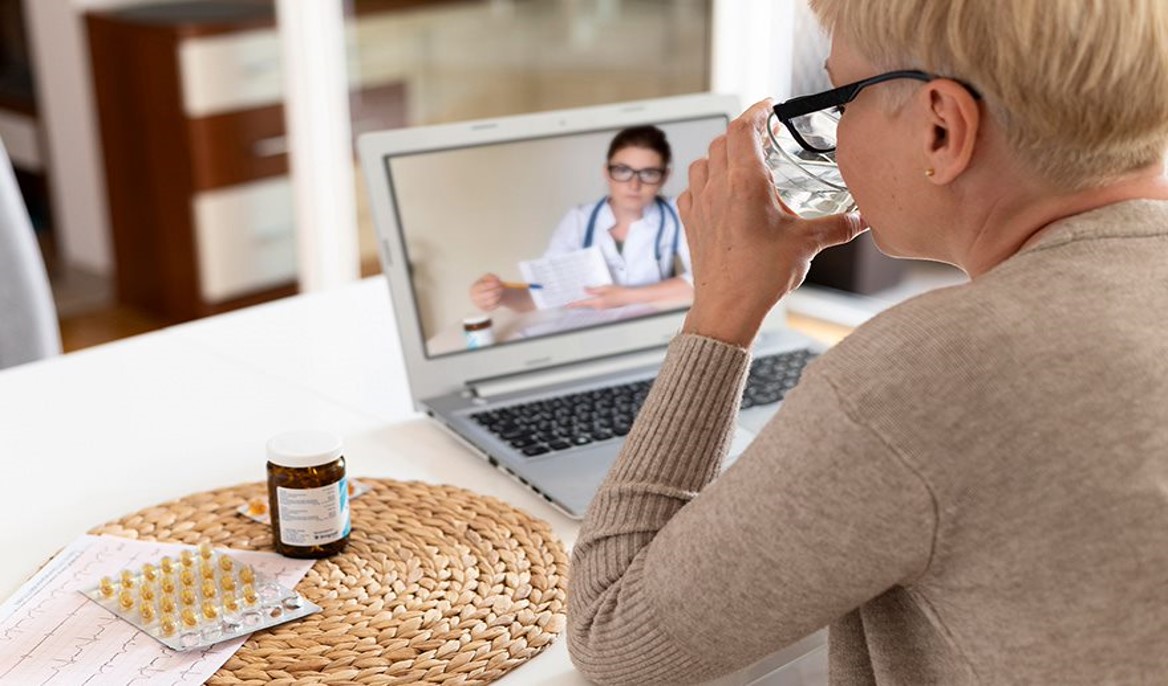
@ShahidNShah


Gone are the days when caregiving was solely about personal interactions and basic medical assistance. Today, a tech-driven approach is reshaping how we care for our elderly at home, making it more efficient and personalized. In this blog, we will explain how technologies are revolutionizing this field and examine how they enhance the quality of life for seniors. So, let’s get started!
In the world of in-home care, things have really changed. It used to be all about traditional methods. Years ago, if you were a home care manager, your main tools were your knowledge, your hands, and maybe some basic medical equipment.
Care was mostly about personal interaction and physical help. You’d visit seniors, help them with daily tasks, and keep an eye on their health. It was straightforward but limited.
Today, technology has taken a huge leap forward, and it’s reshaping how you care for seniors at home. Instead of just relying on traditional methods, tech-driven tools are now part of the picture. It’s just as Besa Bajraktari from Home Care, Inc. puts it: “Where tech meets genuine care, miracles happen every day.”
You’ve got things like wearable devices that monitor health signs, apps that remind seniors to take their medicine, and even video call systems that let doctors check in on patients remotely.
This shift to tech-driven care didn’t happen overnight. It’s been a gradual change fueled by advances in technology and a growing need for more efficient, personalized care. You’re now able to track health data over time, spot issues before they become big problems, and give seniors the chance to stay safe and healthy in their own homes.
Keeping up with new tech can make a huge difference in in-home senior care. Let’s break down some key technologies that are changing the game.

Personalized tech is all about making seniors’ lives better in many ways. For example, if a senior is struggling with memory, smart devices like voice-activated assistants can remind them to take their meds or alert them about appointments.
Tech also plays a crucial role in chronic condition management. By using smart health monitors and mobile apps, you can continuously track vital signs and manage senior health more effectively. This tech provides timely alerts for medication, doctor appointments, and any unusual health readings.
Then, there’s the issue of loneliness, which is a big deal for many seniors. Video calling tech can be a game-changer here. It allows seniors to see and talk to family and friends, making them feel connected and less isolated.
Also, consider home safety. Smart home technologies, like automatic lights or emergency alert systems, make homes safer for seniors. These systems can detect falls or unusual activities and alert caregivers or emergency services.
Caregivers are like the link between the technology and the seniors they care for. Here’s how they make a big difference every day.
To wrap up, it’s clear that technology is playing a vital role in advancing the way we provide in-home care for seniors. The combination of tech and heartfelt caregiving can indeed work wonders. We can’t wait to see how new technology will keep making life better for the elderly.

According to the market.us, the Blockchain Technology in Healthcare Market size is projected to reach around USD 750B by 2033...Read on hitconsultant.net
Posted Jan 12, 2024 Healthcare Blockchain
Connecting innovation decision makers to authoritative information, institutions, people and insights.
Medigy accurately delivers healthcare and technology information, news and insight from around the world.
Medigy surfaces the world's best crowdsourced health tech offerings with social interactions and peer reviews.
© 2025 Netspective Foundation, Inc. All Rights Reserved.
Built on Apr 16, 2025 at 12:56pm